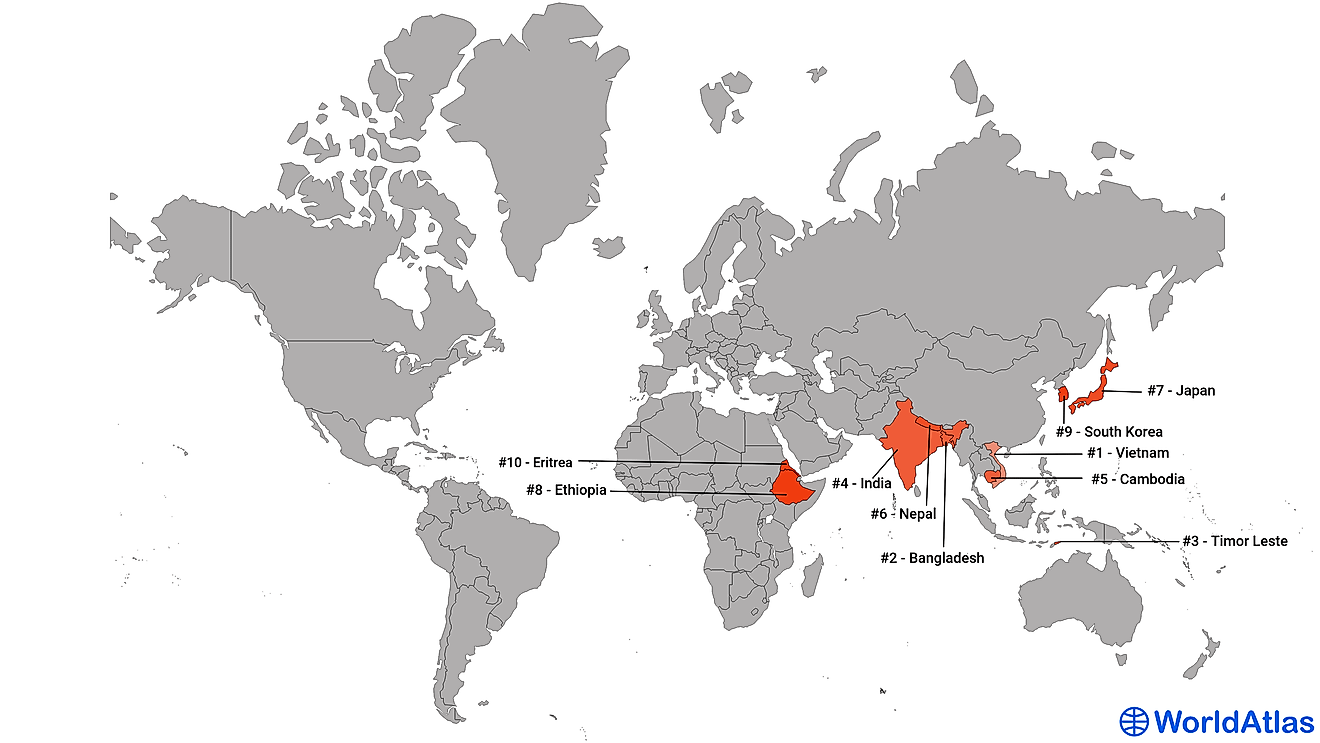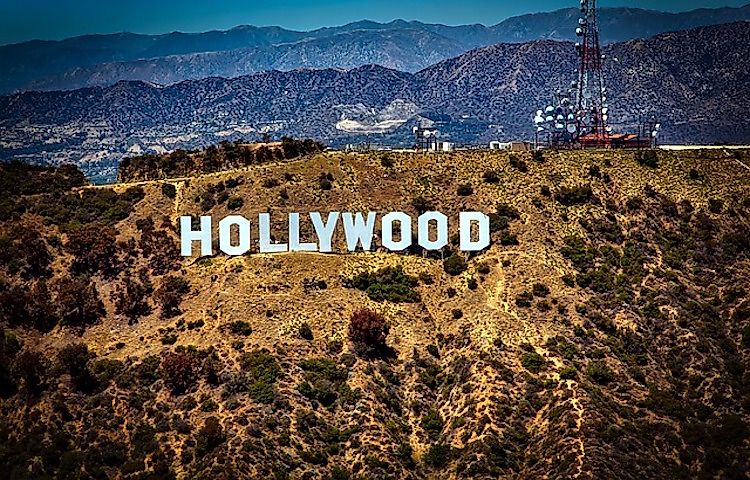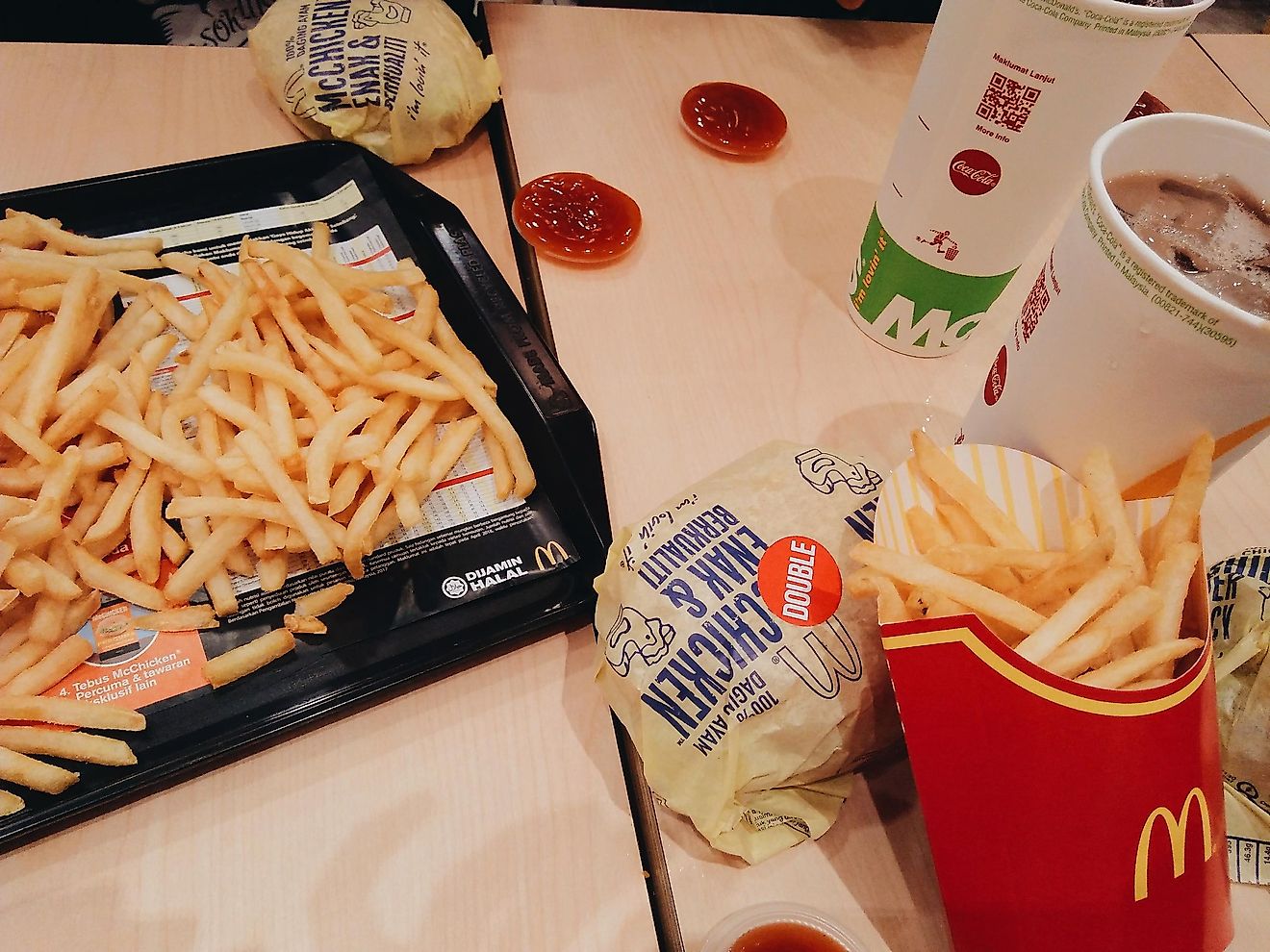Who Was Samuel Gridley Howe?

Samuel Gridley Howe was an American doctor, abolitionist and a prominent advocate for the education of people with disability in the United States during the 19th century. Howe was the founder and the first director of the Perkins Institution.
Early Life
Samuel Gridley Howe was born on November 10, 1801, to Joseph Neals Howe and Patty Gridley Howe. Howe’s father was a ship owner and a manufacturer of cordage. Howe attended the Boston Latin School but he didn’t have pleasant memories of his schooling there due to the constant bullying and harassment he had endured. Howe, later on, attended Brown University in 1818 and graduated in 1821 before he proceeded to Harvard Medical School for his medical studies where he graduated in 1824. Howe got involved in the Greek revolution where he served as a commander and surgeon, and also helped to raise $60,000 for the revolution in 1827. Howe also continued his medical studies in Paris after the Greek revolution.
Career
Samuel Gridley Howe returned to the United States in 1831 and began teaching twenty blind students at his father’s house on Pleasant street. This was after Howe’s visit to Paris to investigate a similar school that was founded by Valentin Hauy. This later developed into the famous Perkins Institution. Howe and the Perkind Institution is remembered for working with deaf-blind children such as Laura Bridgman and later Helen Keller. Howe’s progress soon attracted funding from the State Legislature to a tune of $30,000 a year. Howe was offered new premises by Colonel Thomas Perkins which was his mansion but it was deemed unsuitable. Howe had to move to the former Mount Washington Hotel in South Boston and the institution was now known as Perkins Institution and Massachusetts Asylum. Howe was the first director of the school where he was able to secure financial support. Howe was also instrumental in improving the teaching methods as well as printing many braille books.
Major Contributions
Samuel Gridley Howe helped in the establishment of similar schools in other states in the US. As an abolitionist, Howe was an influential figure in the abolition of slavery in the US before the civil war and after the civil war. During the civil war, Howe was appointed to the Freedman Inquiry council that traveled into the southern US and in Canada where Howe helped to document the lives and conditions of the emancipated slaves. The report was later adopted and led to the passing of the Freedman Bureau. Howe founded the anti-slavery newspaper, the Boston Daily, which he edited with the help of his wife Julia Ward Howe. Howe was one of the directors of the Sanitary Commission that helped to raise funds that helped to combat the outbreak of diseases in the Union Camps during the American Civil War.
Challenges
Samuel Gridley Howe faced arrest during his abolitionist activities in the US. In Boston, Howe had violated the fugitive slave law by aiding the escape of a slave. Howe had to escape to Canada to avoid prosecution after his role was exposed in John Brown’s work which he secretly funded. Howe also faced opposition to his stand against the segregation against persons with disabilities in the US. Howe’s marriage to Julia Ward Howe faced serious challenges owing to their different philosophies. Howe wanted his wife Julia to be a housewife but Julia wanted to pursue a career outside the home.
Death and Legacy
Samuel Gridley Howe died on January 9, 1876, and was buried in Mount Auburn Cemetery in Cambridge Massachusetts. Howe will be remembered for his role in establishing the Perkins Institute and other schools in the US.











